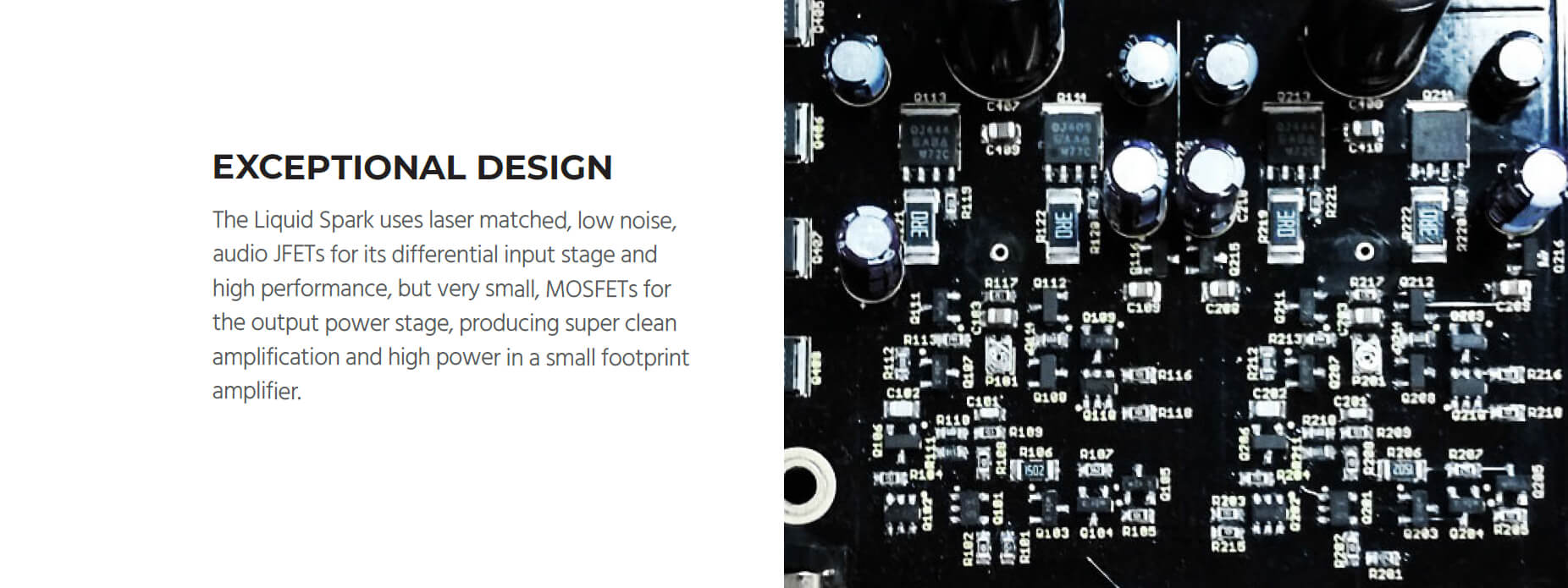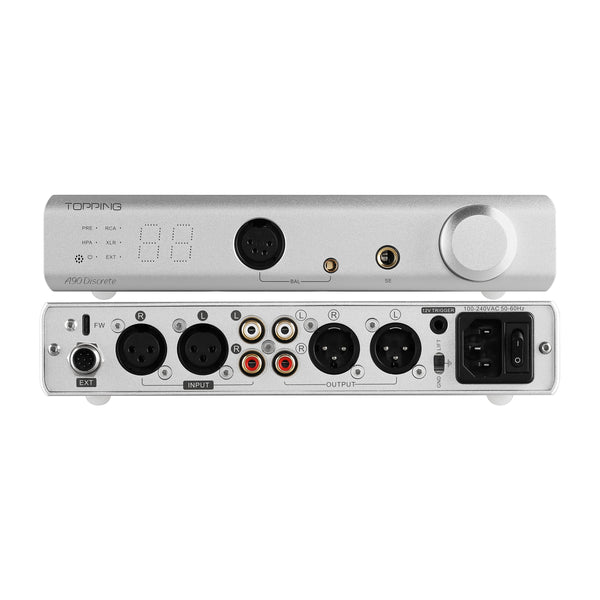Is there any truth to this description?
Btw, I saw the measurements here and there are some flaws to this amp:

 www.audiosciencereview.com
www.audiosciencereview.com


Btw, I saw the measurements here and there are some flaws to this amp:

Review and Measurements of Monoprice Liquid Spark Headphone Amp
This is a review, detailed measurements and comparison of Monoprice Liquid Spark, Schiit Magni 3 and JDS Labs O2 headphone amplifiers. The Liquid Spark and Magni 3 retail for $99 but only the Monoprice comes with free expedited shipping. The JDS Labs O2 retails for USD $139 on US Amazon with...
 www.audiosciencereview.com
www.audiosciencereview.com



